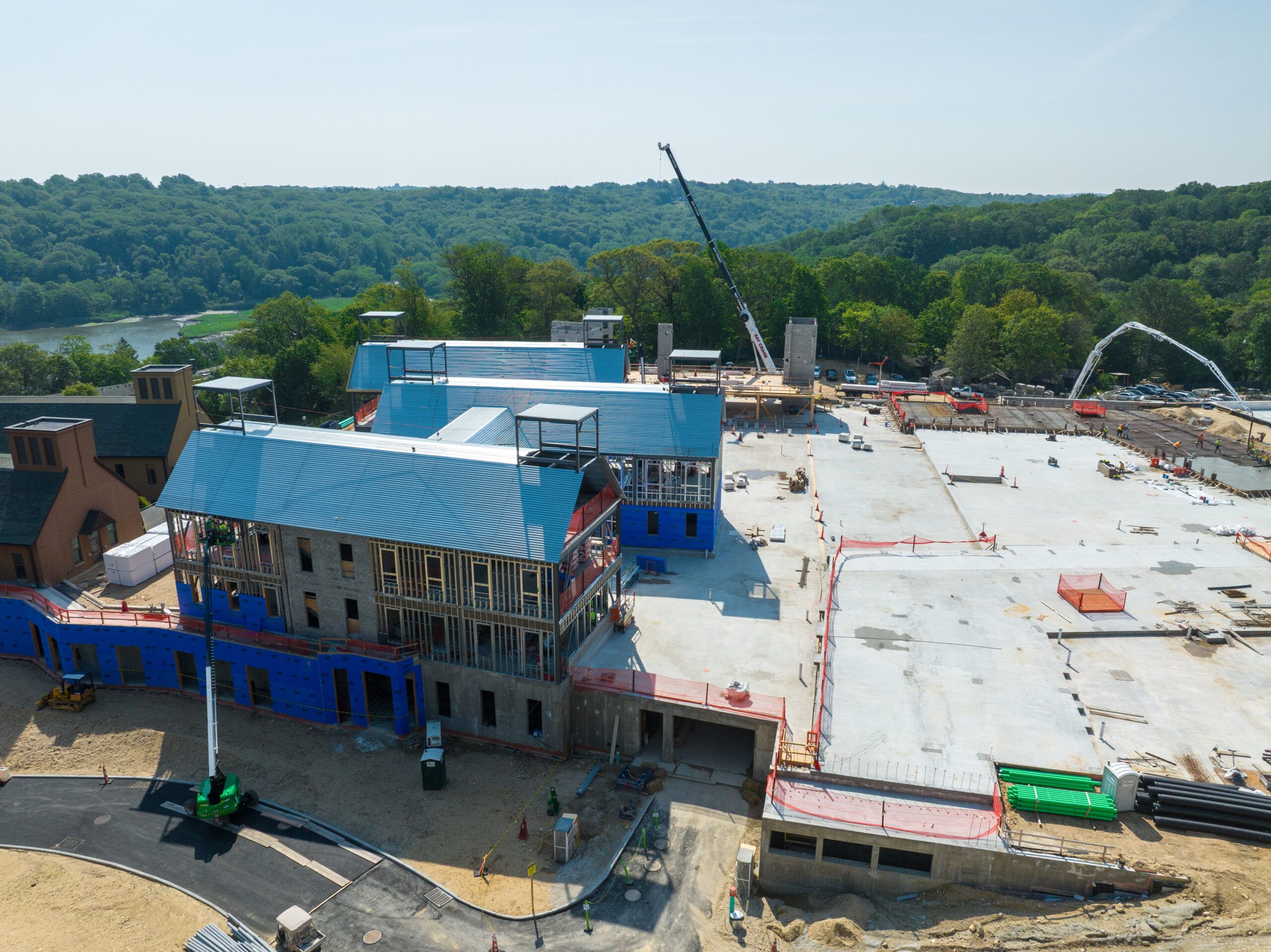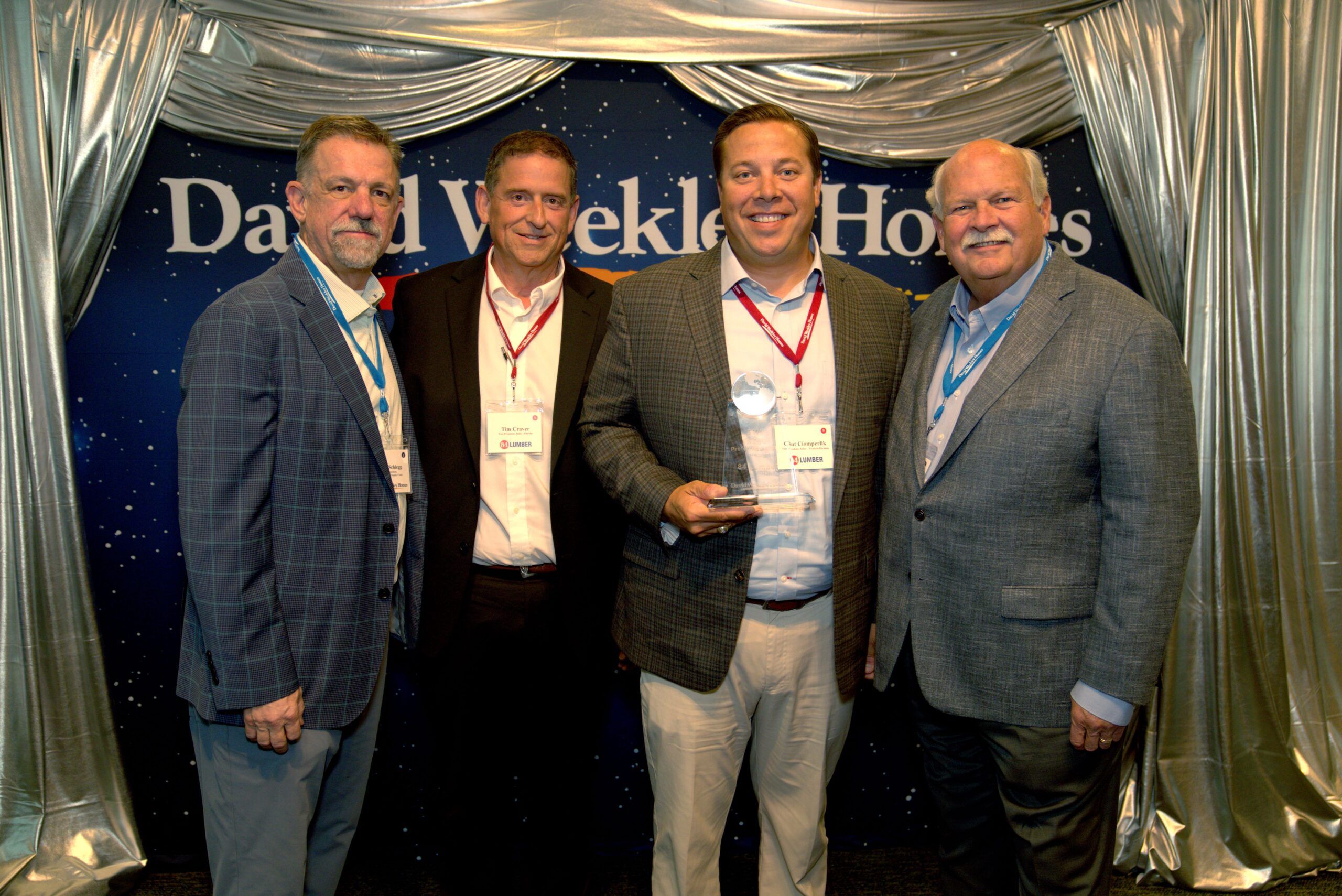In building projects for businesses, not planning the electrical system well can cause hidden costs. If you don’t estimate power needs right, machines can break and lights can flicker, messing up work.
Ignoring electrical rules can lead to fines, project hold-ups, and dangers like fires and shocks. Fixing mistakes in the design later can cost a lot, making the project more expensive than planned. Bad planning can also waste energy, making bills and upkeep costs go up.
Plus, safety problems can make companies responsible for accidents and lawsuits. That’s why investing in professional electrical system services from the start is crucial to ensuring safety, efficiency, and long-term cost savings.
Underestimated Power Requirements
Underestimating power needs in building projects can cause big problems and extra costs. This happens when there’s no good look at how much electricity is needed now and in the future. If this isn’t done right, there might be insufficient power, leading to system failures and electrical equipment breaking down.
To get power needs right, it’s important to check the highest electricity use and think about what might be needed later. Not thinking about new technology and more energy use can make the problem worse. Many buildings now have things like advanced heating and cooling systems, data centers, and automated machines that use a lot of energy.
If there’s not enough power, it can cause problems with voltage, which can harm delicate equipment and cost more to fix. To avoid these issues, it’s smart to study how much electricity is used and plan for power systems that can grow if needed.
This careful planning in the construction process helps run things smoothly and saves energy, which is good for the environment.
Non-Compliance With Electrical Codes
Not following electrical codes in building projects can be very dangerous and costly. These rules, like those from the National Electrical Code (NEC), help keep electrical systems safe. Ignoring them can cause potential risks like fires, electric shocks, and other serious problems that can hurt people and damage buildings.
If builders don’t follow these rules, they might face legal trouble and fines. This can mess up project budgets and slow down construction because they will have to fix the mistakes. It can also lead to problems with passing electrical inspections, which means the building can’t be used until everything is right.
Besides safety and legal issues, not following electrical codes can make buildings less efficient. Systems might not work well, costing more money in the long run and wearing out parts faster. Knowing and following these codes is important to avoid these problems. It helps keep buildings safe, efficient, and valuable.
Increased Retrofit Expenses
In commercial building projects, not planning the electrical system well can lead to big costs later on. If changes need to be made to handle new technology or different building uses, it can be expensive and cause problems. This might mean changing wires, upgrading panels, or adding more systems to meet higher power needs or to follow new rules.
Retrofitting, or making these changes, is not just about money. It can also cause issues like stopping work and losing money because people might not have access to important services which can lead to scheduling problems and projects taking longer than expected. The cost of labor, construction materials, and lost time can grow quickly and go over the construction budget.
From an engineering view, adding new parts to old systems can make things complicated. The new parts might not work well with the old ones. This shows why it’s important to plan the electrical system carefully from the start. By doing this, it can reduce the need for costly changes later and keep things running smoothly and efficiently in the long run.
Safety Risks and Liabilities
Neglecting proper electrical planning in commercial buildings can lead to serious safety problems and legal issues. If the electrical system is not designed and set up well, it could handle too much electricity, which can cause overheating and fires. This not only damages the building but also puts people in danger.
Badly installed electrical parts can cause short circuits and power problems, which might lead to blackouts or broken equipment. Without good grounding, there’s a high chance of electrical shocks, which is dangerous for workers and anyone using the building. These safety issues might lead to lawsuits from people who get hurt, such as workers or renters.
Not following electrical safety rules because of poor planning can also lead to big fines and trouble with insurance. Insurance companies might not cover the building or could charge more money because of the risks from bad electrical planning.
Planning the electrical system carefully is very important to keep people safe, protect property, and maintain a good reputation.
Downtime and Productivity Loss
Good electrical planning is essential in construction projects to avoid delays and keep things running smoothly. If the electrical system is not designed or set up right, it can cause big problems, like power outages or parts not working together. These problems can slow down the whole commercial project and make it cost more in terms of time and money.
When the power doesn’t work right, it affects everyone working in the building. If the electricity stops working, other workers have to wait, which costs more money and could mean they have to redo their schedules. This can also cause problems with contracts and make working relationships difficult.
To stop these problems, it’s important to carefully plan how much electricity is needed and work well with everyone involved in the project. Partnering with an experienced commercial electrician ensures accurate calculations, compliance with safety regulations, and a reliable electrical setup. Good planning helps keep the project on track and within budget.
Impact on Energy Efficiency
Poor electrical planning in commercial buildings can waste a lot of energy. This raises bills and harms the environment. Problems often come from placing electrical parts in the wrong spots, not sharing power loads well, and not using energy-saving tech. If the electrical system isn’t designed well, it can use too much power to do simple jobs.
For example, if lights are in the wrong place, rooms might be too bright or need extra lights, wasting energy. Heating and cooling systems can also use too much power if they’re not planned right. If the building’s controls don’t work well together, it makes energy use worse.
Not planning for new tech, like solar panels or smart grids, makes buildings less flexible and can make energy costs higher.
Fixing these issues with good planning can save energy and help the environment. It’s important for keeping costs down and meeting energy goals.
Long-term Maintenance Costs
Bad electrical planning can make it more expensive to keep systems working over time. This happens because poorly designed systems break down more often and need more repairs or
upgrades. For example, if wiring is not set up right, they can overheat or short circuit, leading to more checks and fixes. Equipment like switchgear might fail or get too hot, needing costly replacements. Lights can burn out too quickly, requiring frequent changes.
If you don’t plan well from the start, these problems can cost a lot of money later. They can also lower the value of the building and hurt the return on the money invested. Problems can also stop work from getting done, which might upset customers and reduce business profits.
Good planning in the beginning helps avoid these issues, keeps electrical equipment and systems running smoothly, and saves money over time. It’s important to have a clear plan for the electrical setup in buildings to protect how the business runs and its finances











